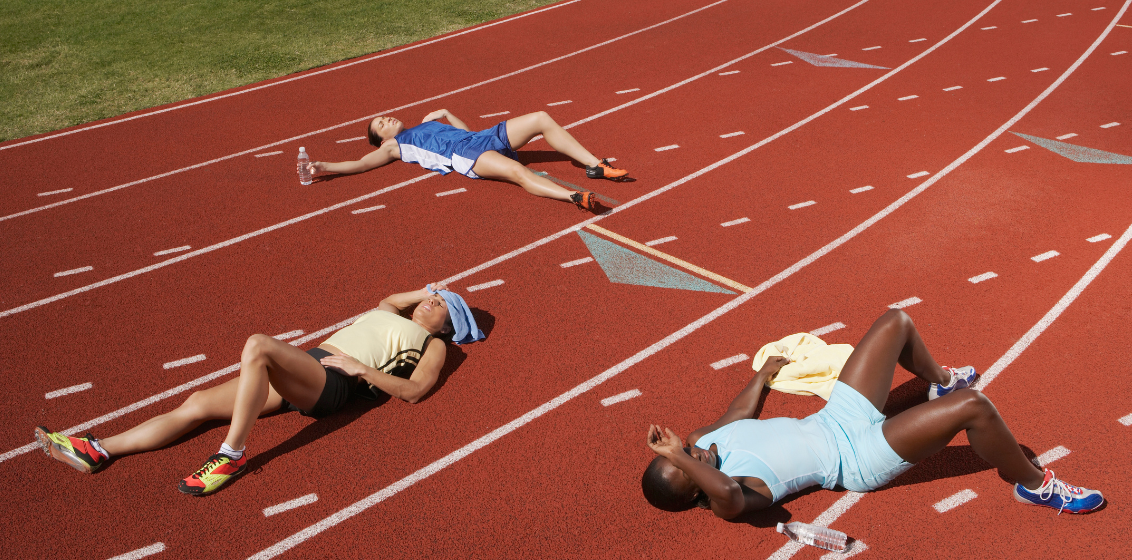Understanding, Treating, and Preventing Hamstring Injuries: A Comprehensive Guide

Hamstring injuries can be a serious concern for athletes. They are among the most common injuries in team sports, and a staggering 25%-33% of these injuries can reoccur, often within the first four weeks after returning to sport. Read on to find out the latest update that our Physio Shaylee Pyett shared with our clinical team at one of our weekly clinical education sessions.
Once you injure your hamstring, our first job at Parkside Sports Physio is to diagnose and grade the injury. In the realm of sports physiotherapy, these injuries are categorised using a grading classification system. This system is based on the specific part of the muscle or tendon that is damaged and the severity of the damage. This classification aids physiotherapists and exercise physiologists like us in providing precise treatment plans catering to the needs of the injured athlete.
After we’ve diagnosed and graded the injury, predicting the exact time for return to sport (RTS) remains a challenge. There are some prognostic factors associated with RTS, including the level of pain experienced during the injury, the way you injured your hamstring, and your age.
There are two main ways the hamstring muscle is injured. They either occur during high-speed running or stretch-related movements. Sprint mechanism injuries occur when you are running at full speed and suddenly experience hamstring pain. The Biceps femoris long head, the most injured hamstring muscle, endures high levels of stress and strain during the swing phase of running. On the other hand, stretch mechanism injuries usually occur when you slip, bend forwards rapidly with a straight knee, or kick awkwardly over-stretching the muscle quickly.
Risk factors for hamstring injuries can be both non-modifiable and modifiable. Non-modifiable risk factors include a recent hamstring injury, a previous ACL injury, a previous calf strain injury, and advancing age (Hello, over-35s!!). Modifiable factors include decreased eccentric hamstring strength, fatigue, and decreased hip extension range of motion, among others.
Research has shown that weak muscles may be more susceptible to injury, but it’s impossible to predict who will sustain a hamstring injury based solely on isolated measures of strength. Interestingly, eccentric hamstring strength is the primary factor to consider in hamstring injury prevention. This is because high levels of eccentric force are required in the hamstrings for sprinting and kicking.
A well-designed exercise selection is essential for hamstring injury prevention. Including the Nordic hamstring exercise in injury prevention programs, for instance, has been shown to halve the rate of hamstring injuries. It accomplishes this by increasing eccentric strength very efficiently, while also lengthening the hamstring muscle fibres, effectively killing two birds with one stone.
In the unfortunate event of a hamstring injury, early rehabilitation is paramount. A study revealed that athletes who began rehabilitation just two days post-injury returned to sport three weeks faster than those who started rehabilitation nine days post-injury.
So, how do we know when you are safe to return to play? Ultimately, a safe return to play should only be considered when there’s
- no pain on our usual clinical examination,
- good strength test results on our AxIT strength measurement system,
- no apprehension during a specialised rapid stretch test (the Askling-H test), and
- no pain or apprehension during sprinting at full intensity.
Our rehab process includes early eccentric training, appropriate and early return to low speed running, and a graduated return to running drills and high-speed running and kicking.
As your local Sports Physio practice specialising in sports injury rehab, we aim to provide comprehensive care and guidance to local sports participants, no matter how old, or how serious they are about their sport. Whether you’re looking to prevent hamstring injuries, need support recovering from one, or simply want to improve your athletic performance, our services are tailored to meet your unique needs. For any queries or appointments, feel free to get in touch. Together, we can work towards a healthier, injury-free athletic journey.


